Elevate your local knowledge
Sign up for the iNFOnews newsletter today!
Sign up for the iNFOnews newsletter today!
Selecting your primary region ensures you get the stories that matter to you first.
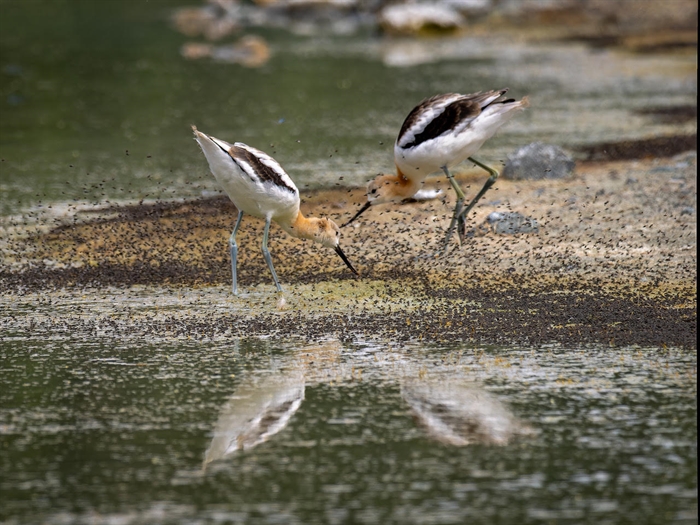
American avocets are not the most common wading birds to spot in BC, but several were feeding at a saline pond in the Kamloops area last weekend.
Kamloops wildlife photographers Isobel Lamarshe and Dave Whiting captured photos of the elegant birds flying, wading and eating up invertebrates with long, curved bills.
“I hiked down along the shore and they flew far away from me but flew back onto an outcropping in the water,” Lamarshe said. “I hiked around slowly not to scare them and they started working their way toward me so I stopped and waited.
“They are beautiful birds with long, greyish-blue legs and coppery coloured heads. When they’re foraging in the water, they move their heads back and forth with their bill in the water and if they get mud stuck to their feet, they’ll kick their leg up to get it off.”
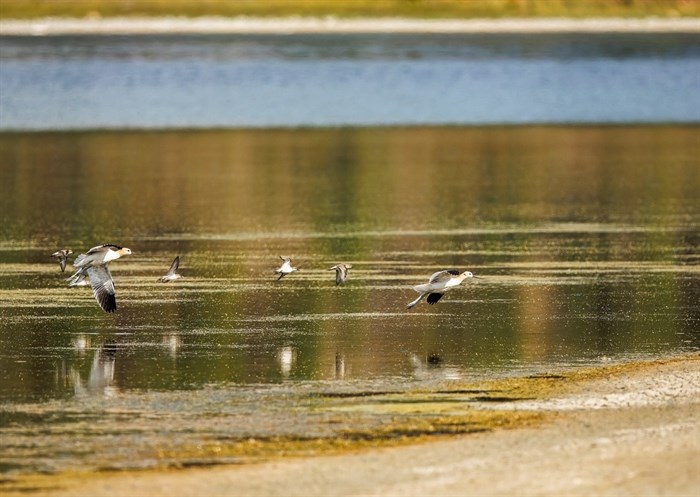
Whiting said the birds were at a saline lake in the Barnhartvale area, and while the birds are not that common, they’re seen in the area every year.
“Avocets go to saline ponds and perhaps because of climate change or dry periods, we’re getting more saline lakes right now,” Whiting said. “As a result, avocet numbers are on the rise. They’re absolutely beautiful birds.”
The birds are blue listed in the province, meaning they are a native species of special concern with characteristics that make them sensitive to human activities. There are only a handful of breeding sites in BC.
Kurtis Huston is the owner of Wild Birds Unlimited in Kamloops. The retailer outlet sells all the things you need to feed and observe birds.
“The most consistent and well-documented nesting site in BC is Alki Lake in Kelowna, it’s the only location in the province where breeding has been confirmed in multiple years,” Huston said. “In the late 1990s up to 19 nests and nearly 40 individual birds were recorded there.”
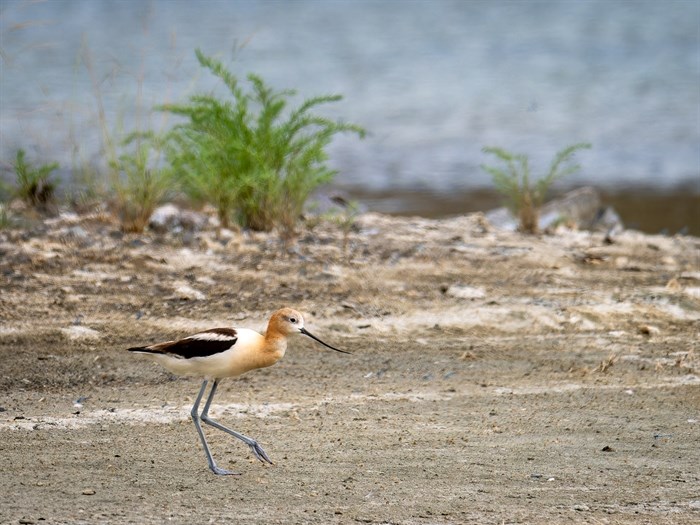
He said small flocks of the birds stop at Robert Lake and Glenmore landfill area in Kelowna during migration.
“Beyond the Okanagan, they occasionally appear in places like Kamloops, but typically just as short-term visitors, not nesting residents,” Huston said. “They’re a rare and localized breeder in BC.”
In 2016, the City of Kelowna received a grant from the Okanagan Basin Water Board to help restore and protect the wetland habitat and breeding grounds of the birds at the Glenmore landfill.
Lamarshe and Whiting have been photographing wildlife for several years and are part of an educational group called the Kamloops Photo Arts Club.
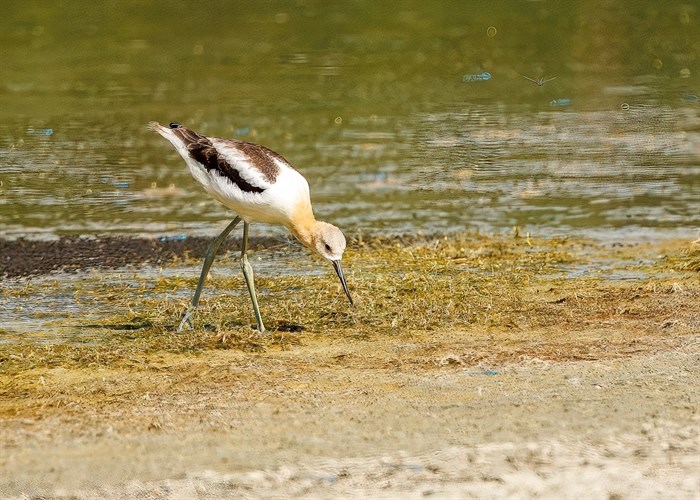
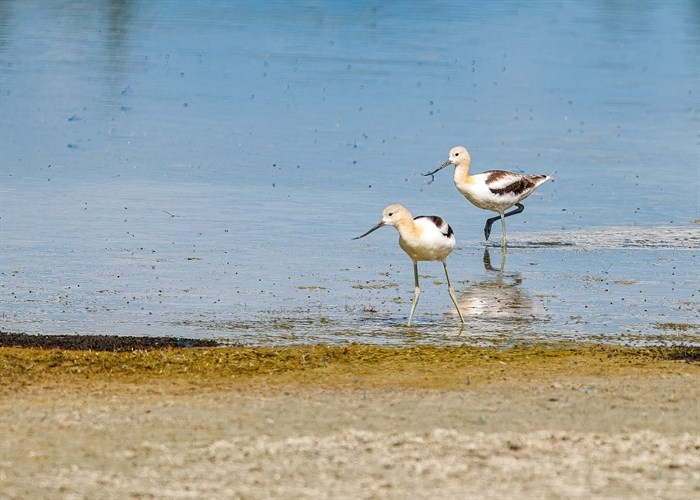
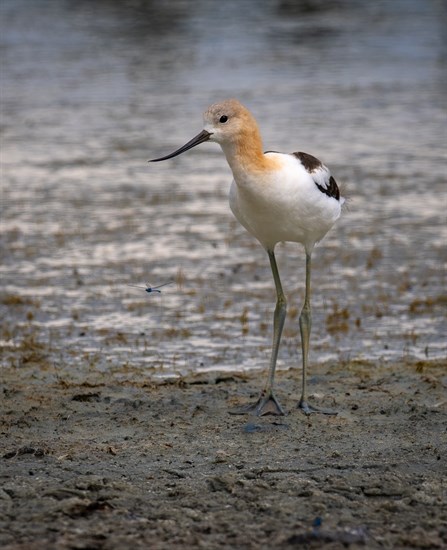
News from © iNFOnews.ca, . All rights reserved.
This material may not be published, broadcast, rewritten or redistributed.

This site is protected by reCAPTCHA and the Google Privacy Policy and Terms of Service apply.
Want to share your thoughts, add context, or connect with others in your community?
You must be logged in to post a comment.